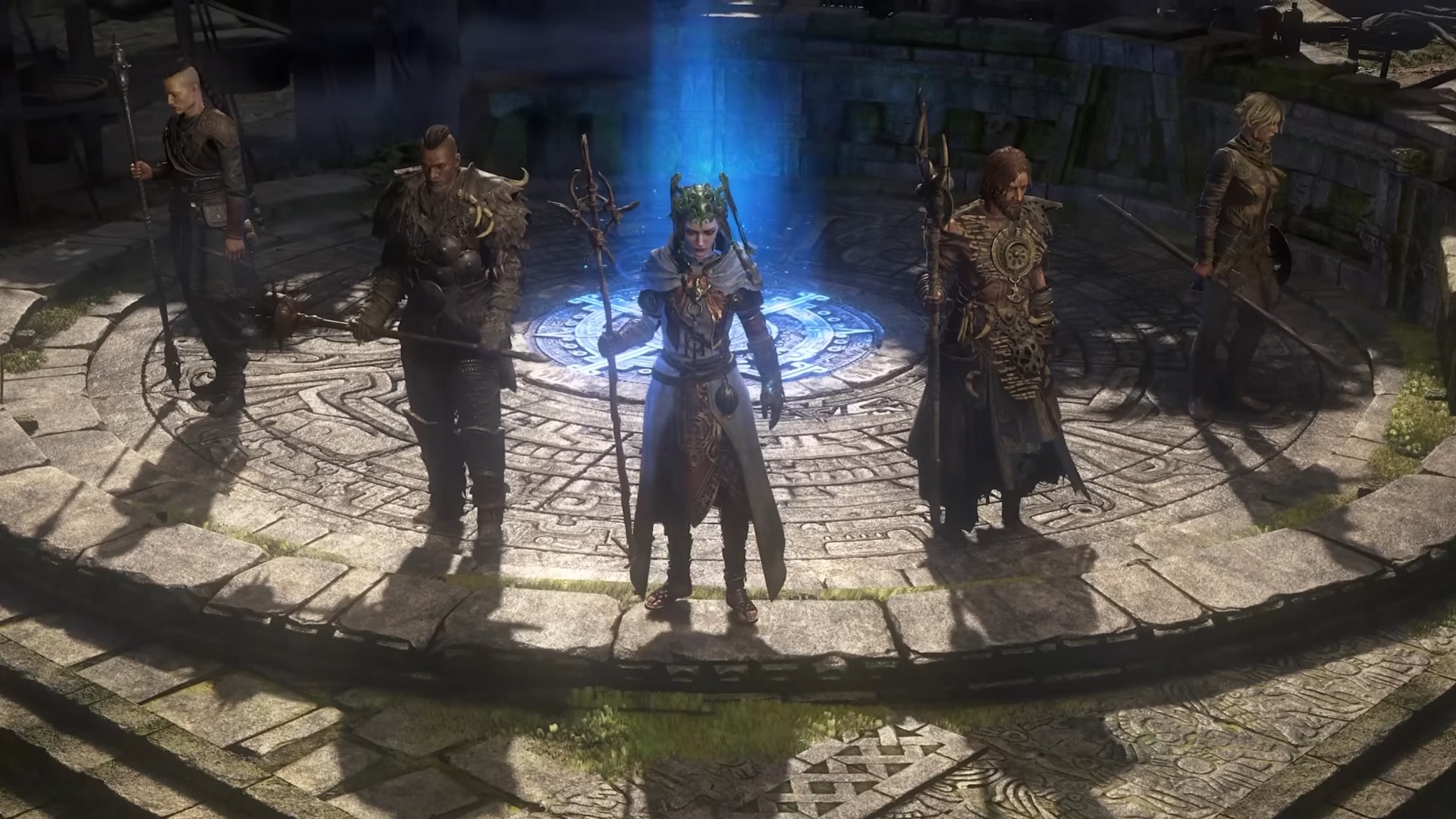This year's ExileCon appears to have ignited a fierce debate among the action RPG community, namely whether or not Path of Exile 2's arrival in roughly 2 years (or less) will signal the end for Blizzard Entertainment.
Grinding Gear Games' most recent showcase revealed plenty of key details about the highly anticipated follow-up to Path of Exile, which came out in 2013, brewing up quite a storm among fans of the genre. Specifically, the internet has come to label the follow-up as a potential "Diablo 4 killer." Yet, the remains that the said term is a misleading nomenclature, which is suggestive of a brutal winner-takes-all brawl. In reality, Diablo 4 and Path of Exile 2, when it does come out, aren't locked in a mutually exclusive battle. Instead, they're weaving complementary narratives that can only serve to benefit the entirety of the broader ARPG genre.
How so? Let us explain.
Based on available information, Path of Exile 2, on paper, appears to have the upper hand. The sequel boasts an extensive customization process, a robust campaign teeming with over a hundred unique bosses, and a dozen classes each with three Ascendancy classes. However, the game is still shrouded with uncertainty regarding its handling of endgame sections and seasonal content - a traditional three-month-long "Leagues" offering fresh gameplay loops and exclusive rewards.



